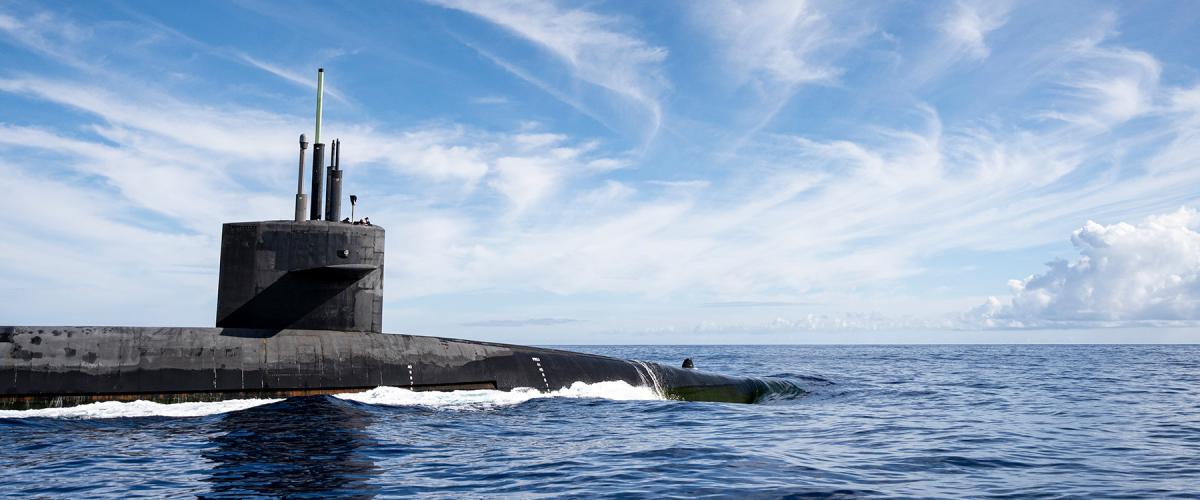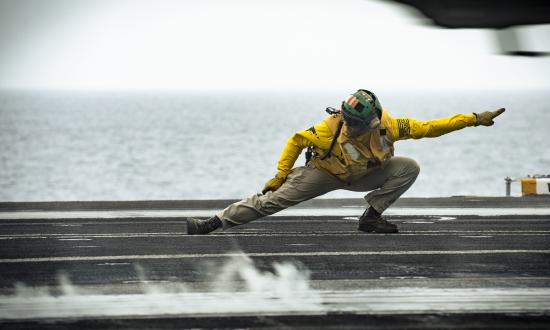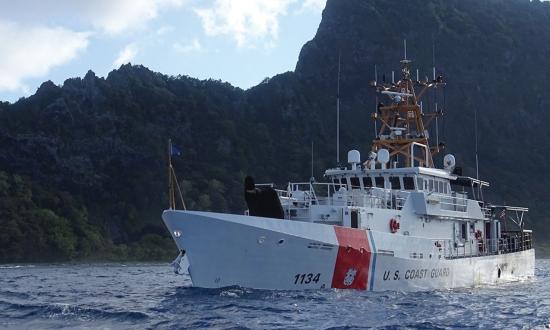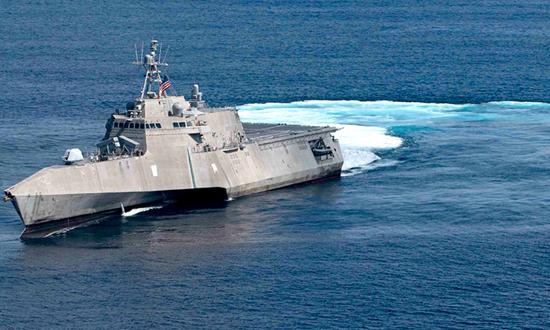In the summer of 1985, as a midshipman second class, I spent four days underway on a nuclear-powered ballistic-missile submarine. It was an awesome experience that left me with a deep appreciation for the men (and now women) of the submarine force. The complexity and responsibility of operating a 400-plus-foot-long ship, hundreds of feet beneath the waves, with a crew of 120, powered by a nuclear reactor, armed with 16 ballistic missiles possessing more than the combined firepower of all the munitions expended in World War II was a bit beyond my 20-year-old brain’s ability to grasp. I remember talking to the captain a few times and being awed by the massive responsibilities he shouldered and the breadth and depth of technical knowledge he and his crew had mastered.
In October every year, Proceedings is proud to focus on the submarine force and undersea warfare. Building newer, better submarines with improved capabilities has been a challenge since the USS Holland was commissioned in 1900. Lieutenant Commander James Landreth and Lieutenant Andrew Pfau, U.S. Navy, make the case for creating true digital models for future submarine designs in “Designing SSN(X) Will Require Modern Digital Modeling.” Responding to current manning and retention issues, Navy Commander Joel Holwitt, commanding officer of the USS Toledo (SSN-769), offers “A New Approach to Submarine Officer Retention.” I dubbed it the “fish plus 8” program because, like the naval aviation “wings-plus-8-years” commitment, Commander Holwitt’s proposal would increase submarine officers’ service commitment to ten years—or about eight years after earning their dolphins.
Shipyard repair capacity has been an issue for several years for the submarine and surface navies. Expected shipyard availabilities of 12 to 24 months often turn into “endurathons” of 30 or more months. Some junior officers spend an entire first tour on a boat in the yards, minus a short stint on another submarine to get qualified. Lieutenant Commander Emma McCarthy describes the problem and offers solutions in “Take JOs Out of the Shipyards.”
Captain Douglas Burnett, U.S. Navy (Retired), spotlights the importance of undersea cables, the likelihood that adversaries will target them in time of war, and the need to be able to repair them quickly in “Repairing Submarine Cables is a Wartime Necessity.” Lieutenant Andrea Howard offers “Tips for Getting Your ‘Fish',” with three pieces of advice from the “Father of the Nuclear Navy”—Admiral Hyman Rickover.
Finally, former enlisted submariner, naval aviator, and astronaut Captain Michael McCulley, U.S. Navy (Retired), reflects on his experiences in the Navy and as a space shuttle pilot in “A Submariner in Space.” One might think a submarine and a spaceship are dissimilar craft that operate worlds apart, but McCulley describes several ways in which they are quite similar.
Next month’s issue will be our Marine Corps focus, including the winners of the Naval Institute’s Marine Corps Essay Contest. With tenacity and some degree of luck, the Ukrainian military will have reclaimed even more territory from the Russian army by then, and Vladimir Putin will have some serious explaining to do to the Russian people and the world.








